Buy MDPHP Online
3,4-Methylenedioxy-α-pyrrolidinohexiophenone (Mdphp(hydrochloride)) is a stimulant belonging to the cathinone class. It was originally developed in the 1960s and has been reported as a novel designer drug . This compound is closely related to the potent stimulant 3,4-methylenedioxypyrovalerone (MDPV) but with slightly milder effects .
Mechanism of Action
Target of Action
MDPHP (3’,4’-Methylenedioxy-α-pyrrolidinohexiophenone) is a potent norepinephrine-dopamine reuptake inhibitor . Its primary targets are the norepinephrine transporter (NET) and the dopamine transporter (DAT), which play crucial roles in the regulation of norepinephrine and dopamine levels in the synaptic cleft .
Mode of Action
MDPHP interacts with its targets (NET and DAT) by inhibiting the reuptake of norepinephrine and dopamine. This inhibition results in an increased concentration of these neurotransmitters in the synaptic cleft, thereby prolonging their action and leading to enhanced stimulation of the post-synaptic neurons .
Biochemical Pathways
These pathways are involved in a range of physiological processes, including mood regulation, reward, and motor control .
Pharmacokinetics
These properties can significantly impact the bioavailability of the compound, its onset and duration of action, and its potential for toxicity .
Result of Action
The molecular and cellular effects of MDPHP’s action primarily involve the stimulation of the central nervous system. This stimulation is due to the increased levels of norepinephrine and dopamine in the synaptic cleft, leading to enhanced neuronal activity . The specific cellular effects can vary depending on the individual’s physiological state and the presence of other substances .
Action Environment
Environmental factors can significantly influence the action, efficacy, and stability of MDPHP. Factors such as the presence of other substances, the individual’s physiological state, and the method of administration can all impact the effects of MDPHP . For instance, the presence of other stimulants could potentially enhance the effects of MDPHP, while certain physiological conditions could alter its metabolism and excretion .
Biochemical Analysis
Biochemical Properties
Mdphp(hydrochloride) acts as a potent norepinephrine-dopamine reuptake inhibitor . The IC50 values for Mdphp(hydrochloride) are 0.06 μM at NET, 0.05 μM at DAT and 9 μM at SERT . This suggests that Mdphp(hydrochloride) interacts with these transporters, inhibiting the reuptake of norepinephrine and dopamine, and thus increasing their concentrations in the synaptic cleft .
Cellular Effects
The increased concentrations of norepinephrine and dopamine in the synaptic cleft due to the action of Mdphp(hydrochloride) can have various effects on cellular processes . These neurotransmitters are known to play key roles in mood regulation, attention, and the reward system . Therefore, Mdphp(hydrochloride) could potentially influence these cellular functions .
Molecular Mechanism
Mdphp(hydrochloride) exerts its effects at the molecular level by binding to and inhibiting the norepinephrine and dopamine transporters . This inhibition prevents the reuptake of these neurotransmitters, leading to increased concentrations in the synaptic cleft . The increased neurotransmitter levels can then activate their respective receptors, leading to changes in cell signaling pathways, gene expression, and cellular metabolism .
Preparation Methods
Synthetic Routes and Reaction Conditions
The synthesis of 3,4-Methylenedioxy-α-pyrrolidinohexiophenone typically involves the reaction of 3,4-methylenedioxyphenyl-2-propanone with pyrrolidine and a suitable alkyl halide under controlled conditions . The reaction conditions often include the use of solvents like methanol or acetonitrile and catalysts to facilitate the reaction .
Industrial Production Methods
it is likely that large-scale synthesis follows similar routes as laboratory synthesis, with optimizations for yield and purity .
Chemical Reactions Analysis
Types of Reactions
3,4-Methylenedioxy-α-pyrrolidinohexiophenone undergoes various chemical reactions, including:
Oxidation: This reaction can lead to the formation of corresponding ketones or carboxylic acids.
Reduction: Reduction reactions can convert the ketone group to an alcohol.
Substitution: The aromatic ring can undergo electrophilic substitution reactions.
Common Reagents and Conditions
Common reagents used in these reactions include oxidizing agents like potassium permanganate for oxidation, reducing agents like lithium aluminum hydride for reduction, and electrophiles for substitution reactions .
Major Products
The major products formed from these reactions depend on the specific conditions and reagents used. For example, oxidation may yield carboxylic acids, while reduction may produce alcohols .
Scientific Research Applications
3,4-Methylenedioxy-α-pyrrolidinohexiophenone has several scientific research applications:
Chemistry: It is used as a reference standard in analytical chemistry for the identification and quantification of synthetic cathinones.
Biology: Research studies investigate its effects on neurotransmitter systems, particularly its role as a norepinephrine-dopamine reuptake inhibitor.
Medicine: Although not used therapeutically, it is studied for its potential effects on the central nervous system.
Industry: It is used in forensic toxicology to understand its impact and detect its presence in biological samples.
Comparison with Similar Compounds
3,4-Methylenedioxy-α-pyrrolidinohexiophenone is similar to other synthetic cathinones such as:
3,4-Methylenedioxypyrovalerone (MDPV): Known for its potent stimulant effects.
α-Pyrrolidinohexiophenone (α-PHP): Another stimulant with similar chemical structure.
3,4-Methylenedioxy-α-pyrrolidinopropiophenone (MDPPP): Shares structural similarities and stimulant properties.
Despite these similarities, 3,4-Methylenedioxy-α-pyrrolidinohexiophenone is unique in its slightly milder effects compared to MDPV and its specific inhibition profile for neurotransmitter reuptake .

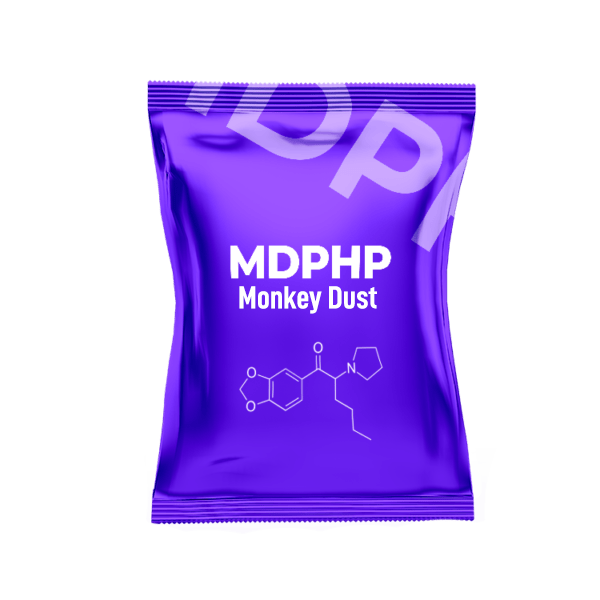
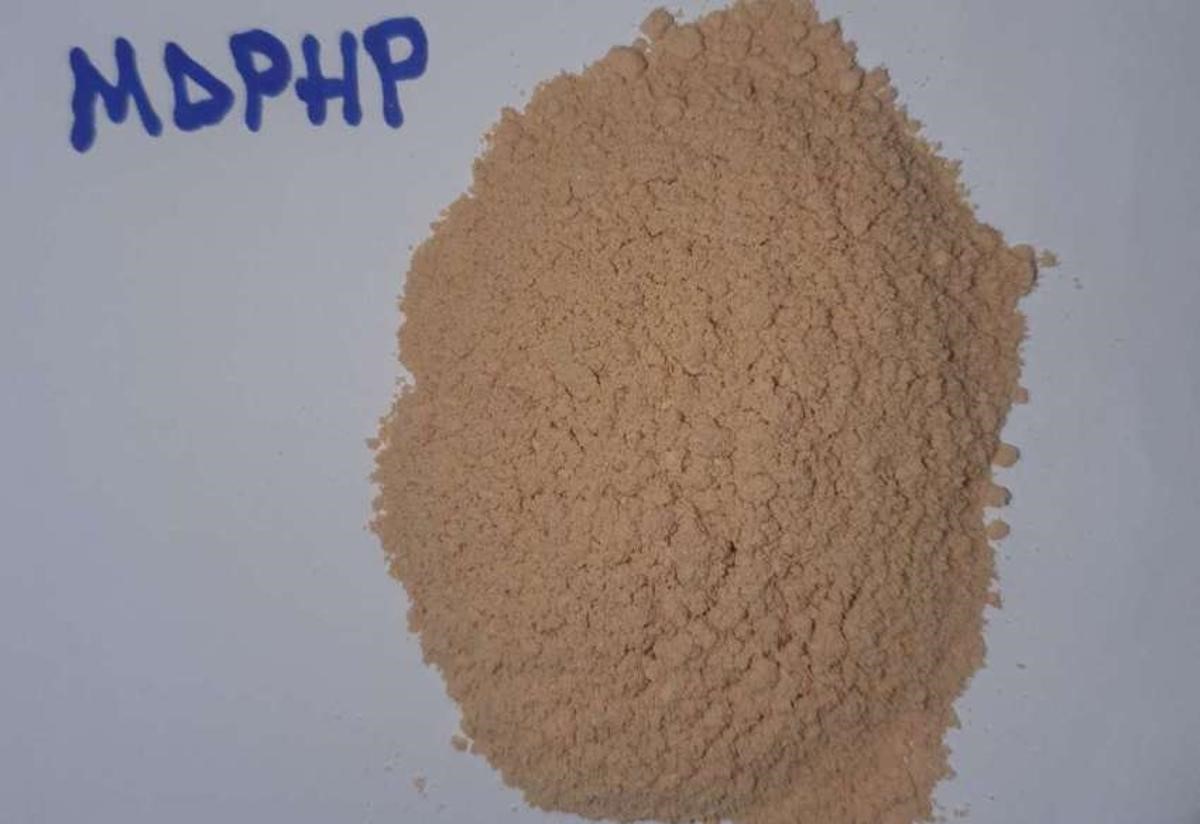
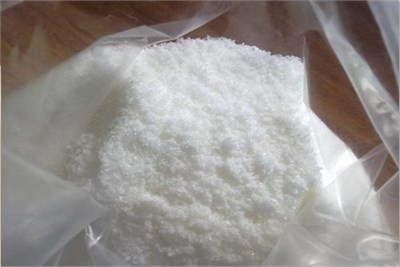
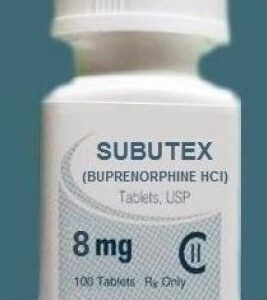

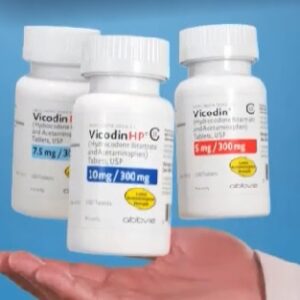
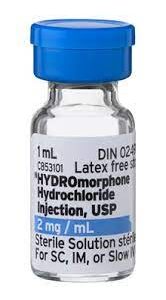
Reviews
There are no reviews yet.